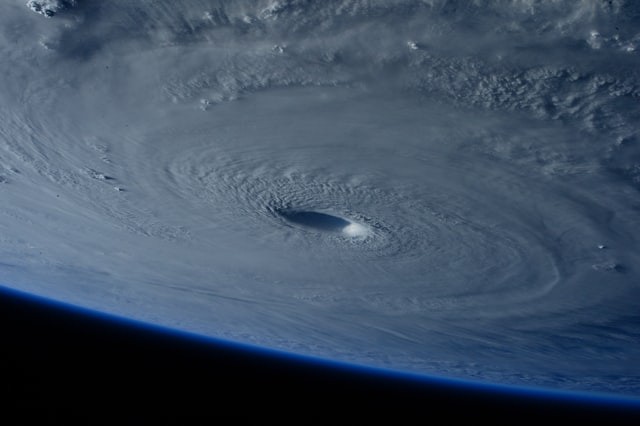Using long-term data, scientists have discovered that hurricanes are only getting stronger and stronger and that they will last longer on land which could lead to greater flooding in many cities across the globe.
According to Phys Org's latest report, the maximum sustained winds of hurricanes are getting stronger in almost every region of the world where they form.
Also Read: [VIRAL] Scientists Named New Species Discovered on Twitter, Named After the Social Media Platform

The new study conducted by the researchers at the University of Wisconsin-Madison Cooperative Institute for Meteorological Satellite Studies and the National Oceanic and Atmospheric Administration National Center for Environmental Information (NOAA) analyzed nearly 40-year-old hurricane satellite imagery. They concluded that the increasing the strength and life span of hurricanes may have been fueled by the increasing temperature of the planet.
Also Read: US Military Mystery Aircraft Launches Into Orbit for the Second Time; Next SpaceX Starlink Satellite Batch to Launch
Hurricane is another name for "tropical cyclone," which may also be called a tropical storm, cyclonic storm, typhoon, tropical depression, or simply cyclone, depending on its strength and location.
Strong winds and heavy rain caused by numerous thunderstorms and a large low-pressure center characterizes the storm system known as a tropical cyclone. Hurricanes are formed about 10 degrees near the doldrums of the equator. They are fueled by a different heat mechanism compared to other cyclonic windstorms, such as European windstorms, nor'easters, and polar lows, which gives hurricanes the "warm core" storm systems classification.
Hurricanes are getting stronger and can last longer on land leading to greater floods, experts say
According to Phys Org, James Kossin, a NOAA scientist based at UW-Madison and lead author of the study, said that using the team's understanding and thorough modeling, the results of the study agree with the expected result in a warming climate. The Proceedings of the National Academy of Sciences published the study on May 18, 2020.

The new study is based on the previously published work of Kossin in 2013 which used a 28-year data set to identify the trends in hurricane intensification; however, Kossin clarified that the data was less conclusive to demonstrate statistically significant results; more hurricane case studies are required to achieve such a feat.
The researchers included global hurricane data from 1979-2017 to extend the study, increasing the reliability of the results. CIMMS Advanced Dvorak technique, and other analytical techniques, were used by Kossin and his colleagues to identify trends, creating a more uniform data set. CIMMS relies on infrared temperature measurements acquired by geostationary satellites.
Other changes in hurricane behavior over the past decades including how fast they would travel and where were shown in the previous work of Kossin. He identified poleward migrations of hurricanes in 2014, stating that they are traveling farther south and north, and could potentially expose less-affected coastal populations to greater risk.
He demonstrated in 2018 that the changes in Earth's climate make the hurricanes move more slowly across the land. The longer duration of the hurricane resulted in greater flood risks across different cities around the globe.
Also Read: NASA Backs Up Studies Aiming to Understand the Full Effect of COVID-19 Pandemic to the Environment
ⓒ 2025 TECHTIMES.com All rights reserved. Do not reproduce without permission.




